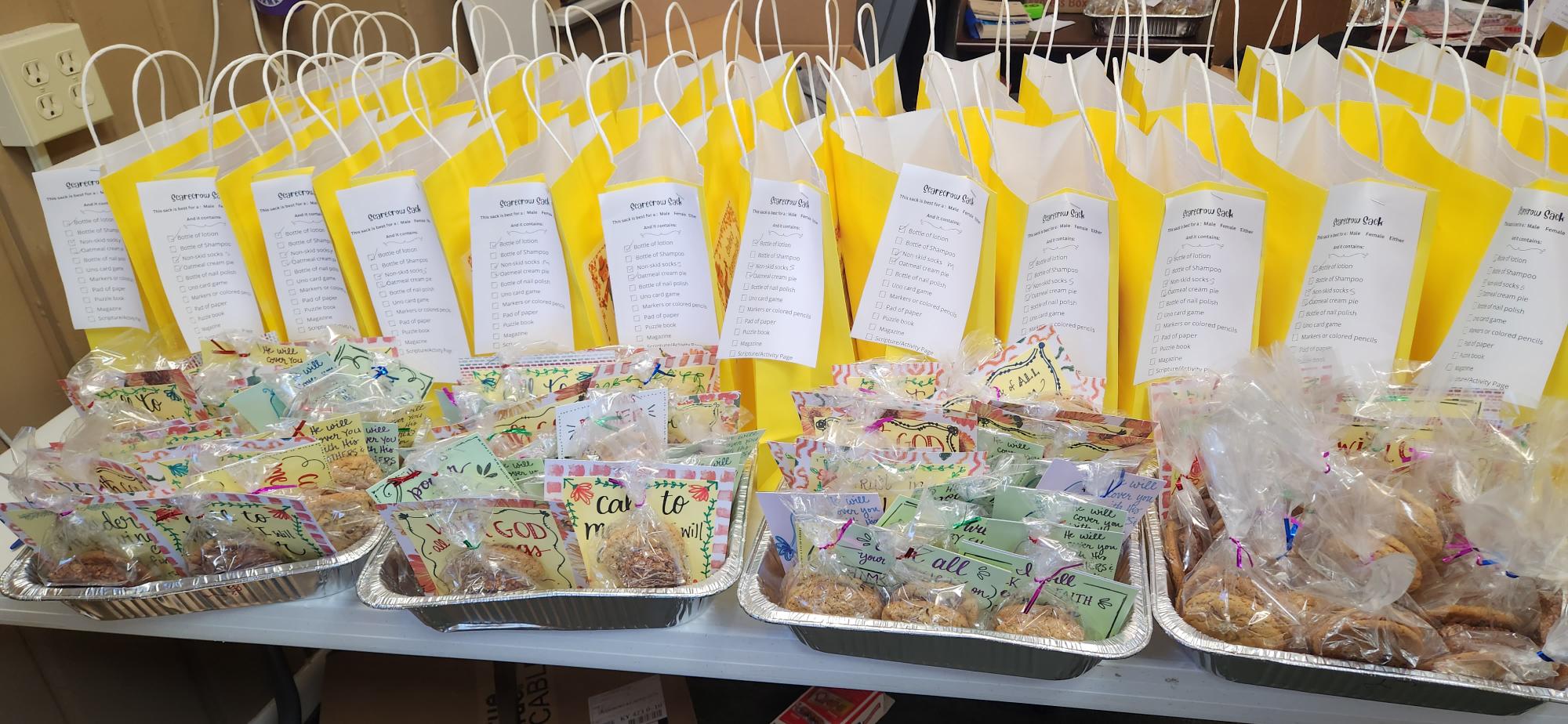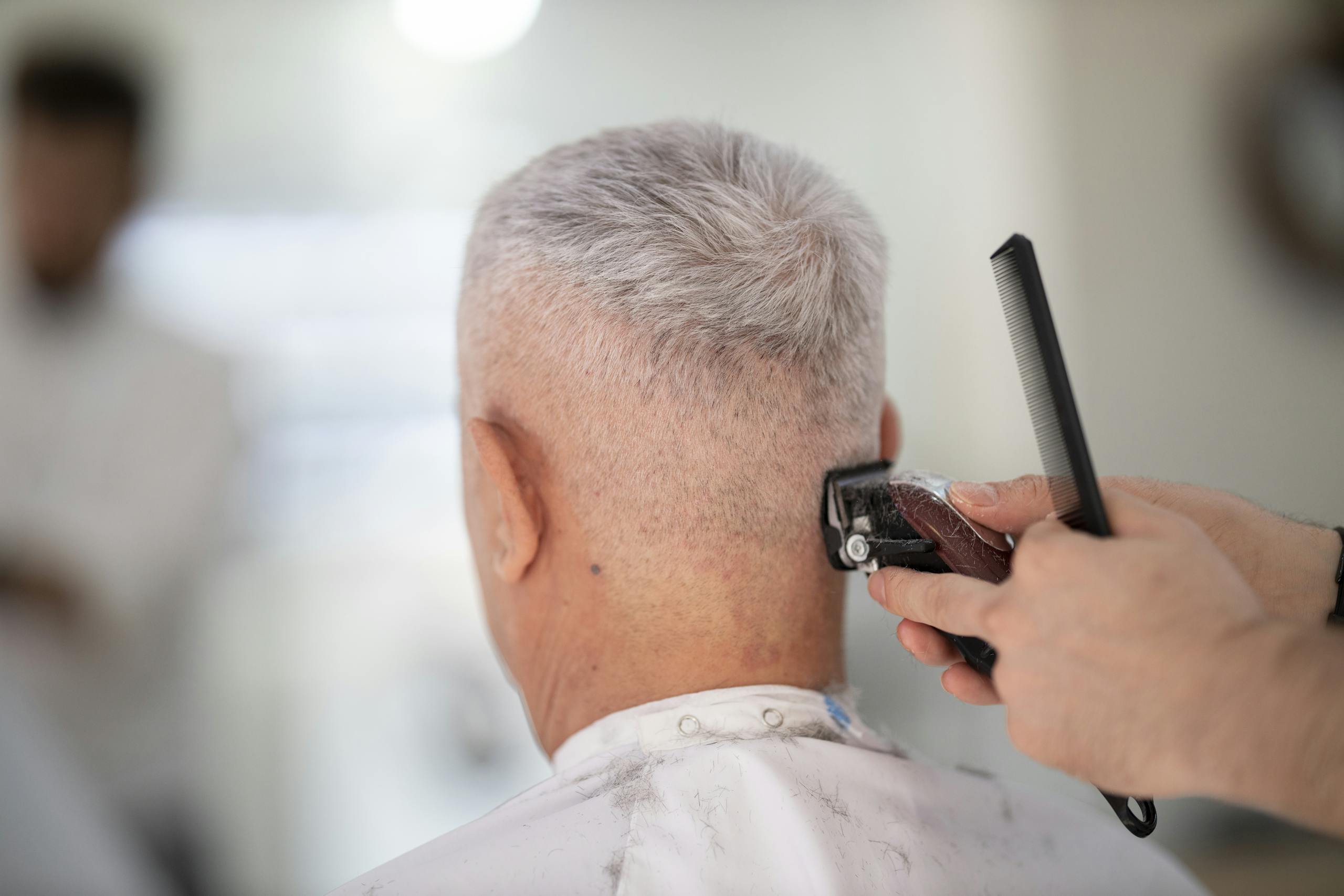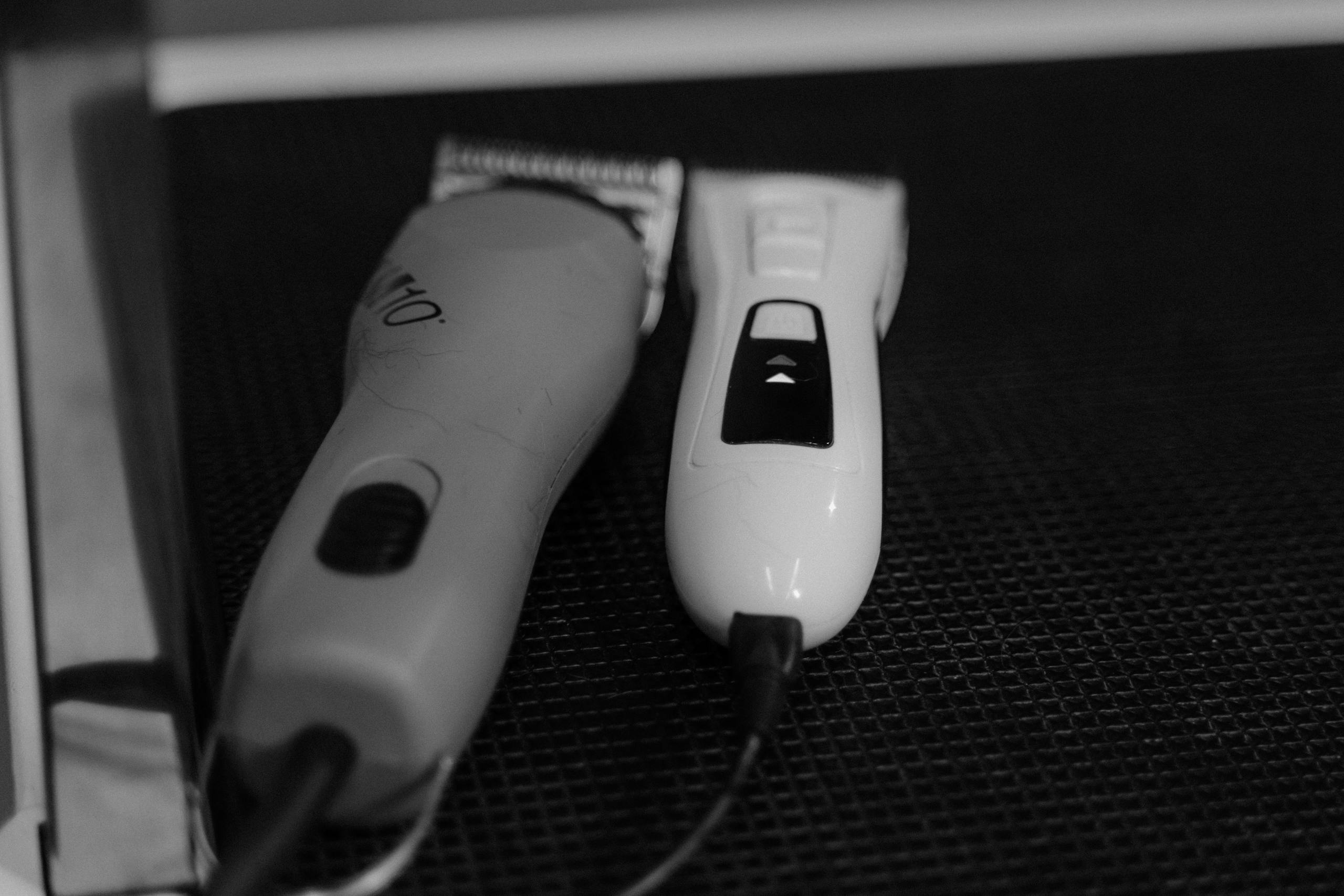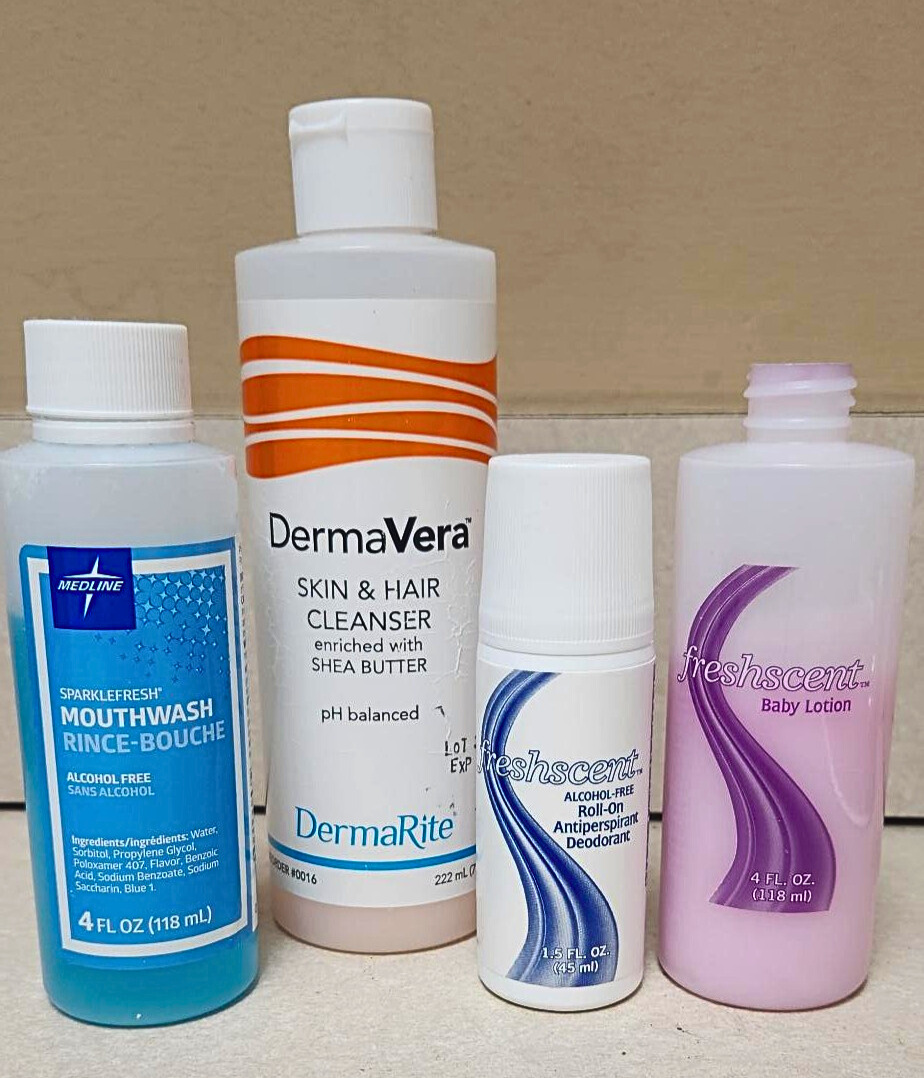Here’s a look at some of the ways we are making sure nursing home residents have their needs met.
“Nursing home residents often must cede control of everything from how often they get a shower to what they eat. With no financial wiggle room, even more autonomy evaporates, putting out of reach the chance to take a taxi to see a friend, to get lost in a newly purchased book, or to escape the monotony of the cafeteria with some take-out food.” –AP News, Matt Sedensky


Jingle Bags and Christmas Gifts
We have helped residents have a merrier Christmas for several years now and through a variety of methods. Jingle Bags are gift bags filled with general items like socks, tissue, shampoo, lotion, pudding cups, soft candy, notepads and pens, etc. For some care homes, we have worked to be sure each resident fills out a specific wish list. Volunteers then shop for and wrap the gifts.

Sunshine Bags and Scarecrow Sacks
These are like Jingle Bags, only in the summer or fall. If we are giving bags to the same residents who received Jingle Bags, we try to put a few different things inside. For example, if residents received shampoo at Christmas, we put lotion in these bags. Other items we have included are nail polish, playing cards, coloring books and colored pencils, magazines, and hairbrushes.

Socktober
One of our very first projects was “Socktober.” We provided non-skid socks for residents and passed them out with a little note of encouragement attached. Since then, we make sure we always include socks in every bag we give a resident.
(Shout out to our local TJ Maxx for the awesome donation in the photo!)

Haircuts
When residents cannot afford to pay for a haircut, we are happy to make sure they get one. After the pandemic, we even used donations to pay for a bus to take nursing home residents to a salon where they got their hair done for free.

Razors and Shaving Cream
Most nursing home residents are not allowed to use anything but an electric razor (for safety concerns). The problem? They’re always dropping them, which breaks them, or they lose them. Electric razors aren’t cheap, especially when you consider a resident’s $60/month allowance. Razors are something we like to keep on hand, plus we always make sure we have them for Christmas.

Shoes
It’s not uncommon for nursing home residents to have ill-fitting shoes or no shoes at all. Shoes often get misplaced and therefore residents end up with other residents’ shoes.

Tissues and Toiletries
Residents often go without things like tissues, shampoo, and lotion. Though federal regulations require these types of items to be provided to nursing home residents, many are unable or unwilling to use the cheap items facilities offer, spending their allowance on replacements for the institutional-grade soap that makes them dry and itchy or the cheap, thin tissues that feel like sandpaper. Additionally, these products are not brands that are familiar and feel comfortable to residents; they aren’t the products they’d choose for themselves if they could go to the store. The packaging is not visually appealing and the scents are not pleasing.

Magazines, Paper, Pens
Many residents still enjoy reading, but they don’t have access to the newspaper. Some nursing homes buy one newspaper for the whole facility and then it gets passed around to those who would like to read it. Magazines are even harder to come buy, and we often see both men and women who enjoy looking through magazines.
Residents who want to send a letter or card to someone often find they don’t have pens, paper, envelopes, or stamps. Any time we give out care packages/bags, we always include at least one magazine, a pen, and a pad of paper.
“Among the things most warmly received are Kleenex tissues, because facilities often stock scratchy generics and even those can be hard to come by. ‘You bring a soda or a toothbrush and they’ll get so excited,’ she says. ‘It’s so sad to me.'”
-Marla’s quote which appeared in the AP News article, “In Nursing Homes, Impoverished Live Final Days on Pennies” by Matt Sedensky
